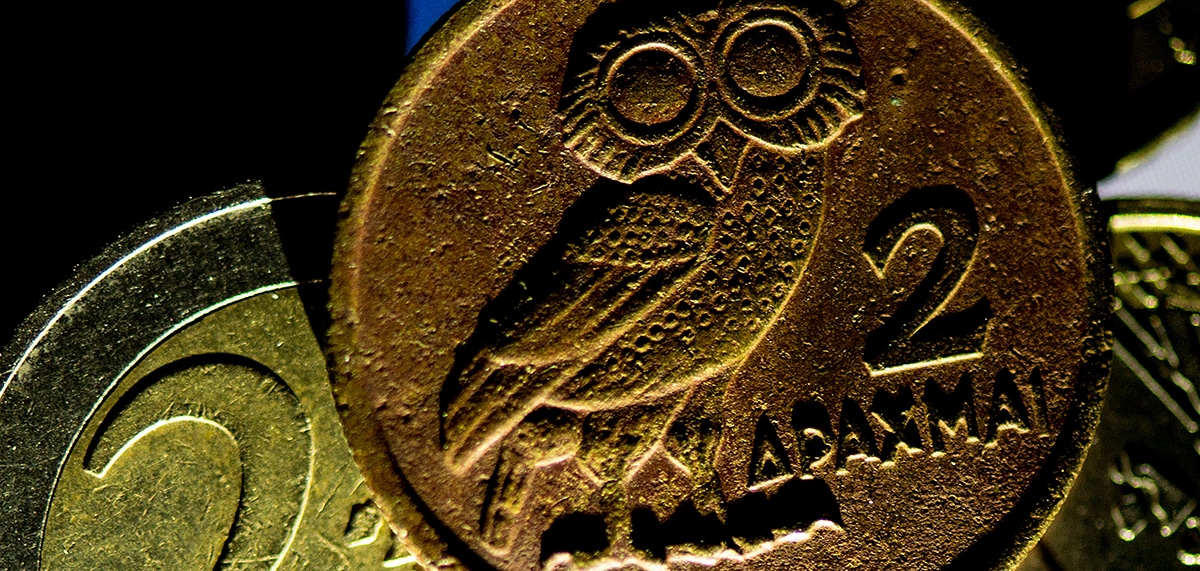
Have you heard of the drachma? Sure you do, especially if you are over 30 years old and you live in Europe. The drachm it was a currency used several times in Greece, until the arrival of the euro, in 2001. It has a very long and interesting history and it must be one of the oldest currencies in the world, so today we are going to know some chapters of this journey.
The drachma goes back thousands of years, but do not be confused as it has not been used continuously. Yes indeed, from the first half of the XNUMXth century three modern versions of the drachma have appeared in the country, until finally Greece joined the European Union and shared currency with the rest of the countries of the bloc.
The ancient drachma
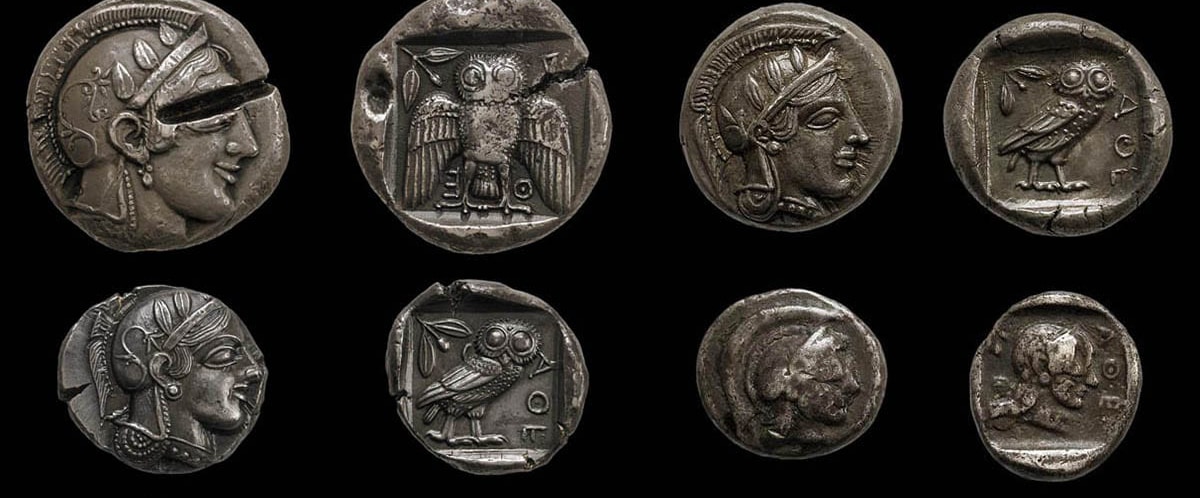
We can divide the story of the drachma in two, the drachma in ancient times and the modern drachma. Where does the name come from? It seems that the very name of the coin has to do with what can be held in the hand, drassomai, or at least that is what some inscriptions on ancient tablets, from the year 1100 BC, that make reference to a handful of six metal rods (copper, bronze or iron), called in turn oboli.
Time after became the silver standard for most coins minted by the ancient Greeks. Later, each coin had its own name depending on whether it was in Athens or Corinth, for example. Yes, each city had its currency with its own symbol and the equivalence between them was given by the quantity and quality of the metal with which they were made.
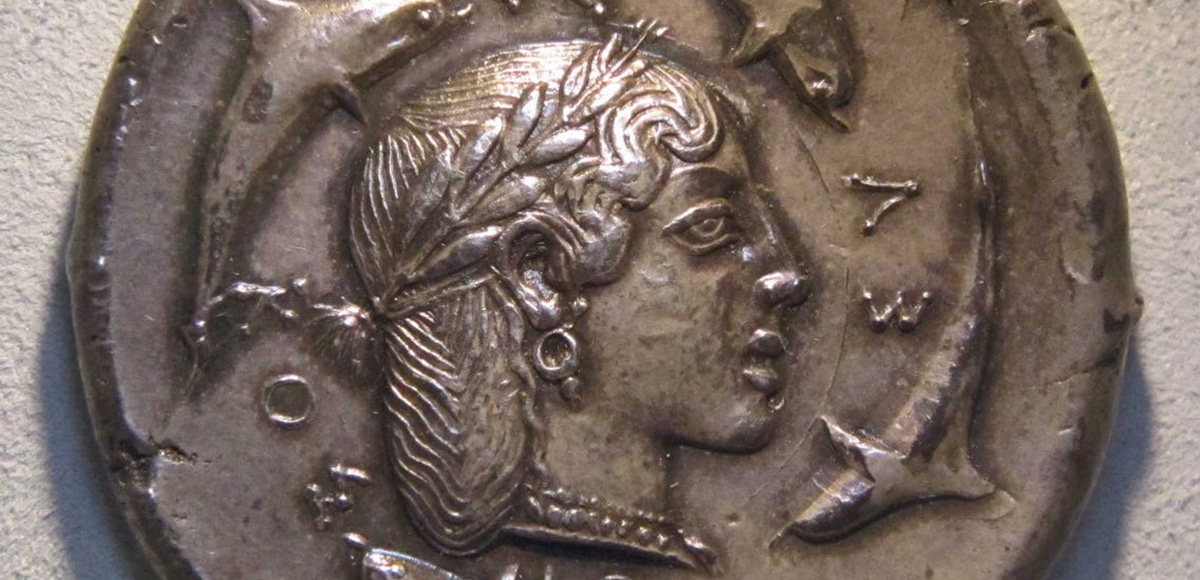
Among the ancient cities that used drachma are Alexandria, Corinth, Ephesus, Kos, Naxos, Sparta, Syracuse, Troy and Athens, among many others. Sometime in the XNUMXth century BC the Athenian coin known as the four drachma was widely known and used. We are talking about before Alexander the Great.
The drachma was minted with different weights, depending on the mint that participated in the process. The standardr, however, which ended up becoming popular, was that of 4.3 grams, used more in Attica and Athens.
Later, hand in hand with the victories and conquests of Alexander the Great, the drachma crossed borders and it was used in various Hellenic kingdoms. In fact, it is known that the Arab currency, the dirham, gets its name from the drachma. The same is the currency of Armenia, the dram.
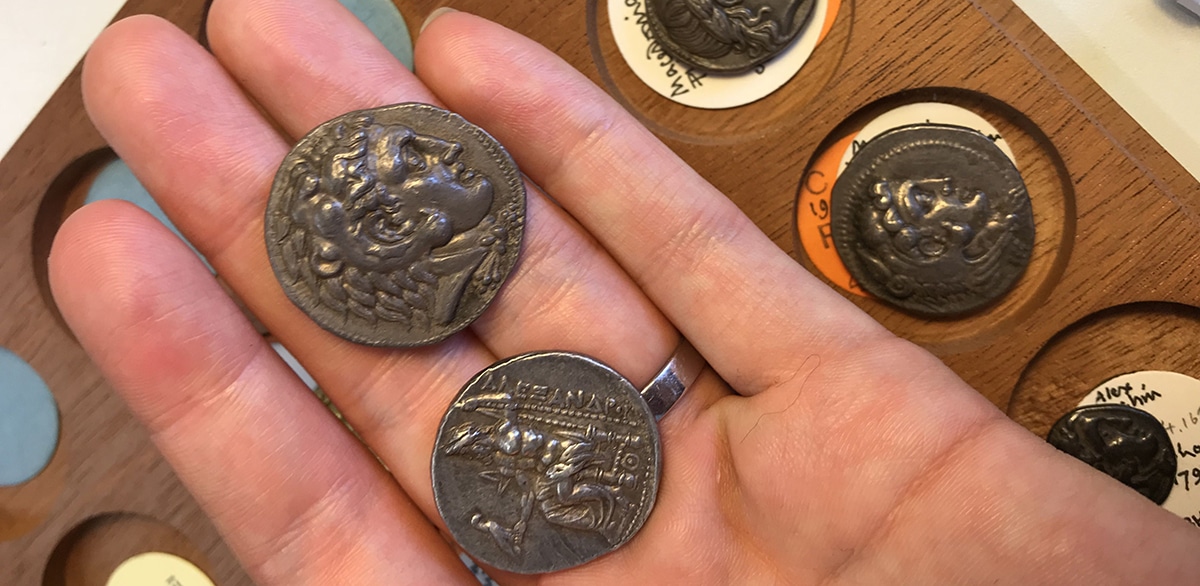
Although being able to know today the value of the ancient drachma is very difficult (trade, merchandise, economies are not the same), some take a risk and say that A 46.50th century BC drachma would be around $ 2015 in XNUMX value. Beyond that, the truth is that even as with current currencies, the same drachmas were not always needed to live or support a family.
Fractions and multiples of the drachma were also minted in many states. For example, in the Egypt of the Ptolemies there were pentadrachmas y octadrachms. Thus, summarizing, we can say that the weight of the old silver drachma was around 4.3 grams (although it varied from city-state to city-state). It was in turn divided into six obols of 0.72 grams, subdivided in turn into four small coins of 0.18 grams and between 5 and 7 millimeters in diameter.
The modern drachma
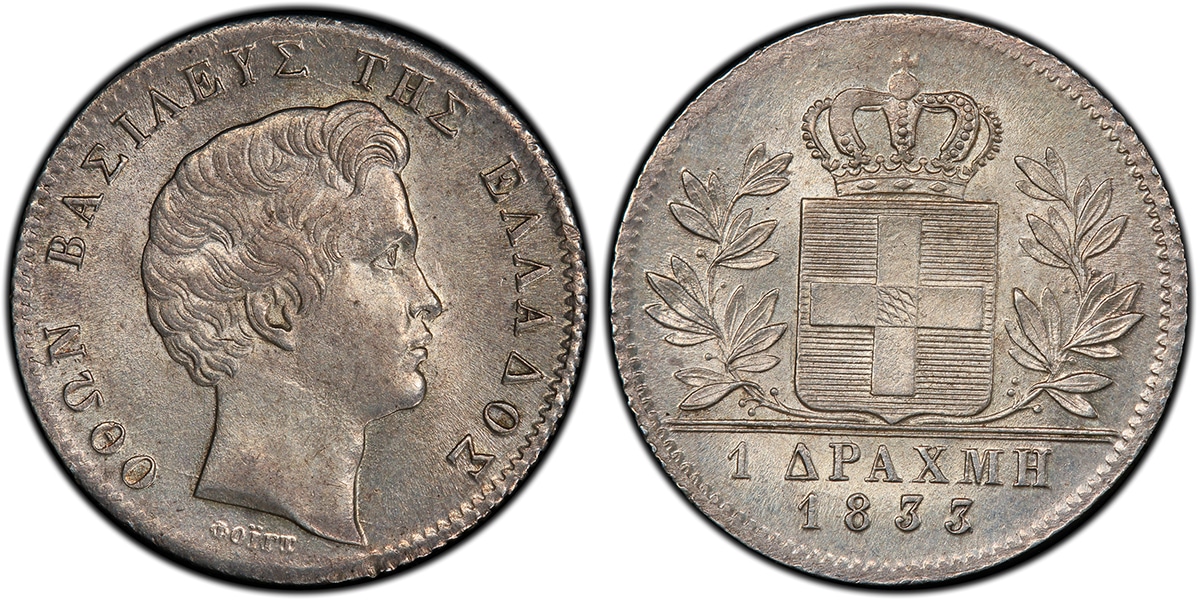
The old drachma, with his grand and mighty name, was reintroduced into Greek life in the first half of the 1832th century, in XNUMX, shortly after the founding of the state. It was divided into 100 lepta, some of copper and others of silver, and there was a 20 drachma gold coin with 5.8 grams of this precious metal.
In 1868 Greece joined the Latin Monetary Union, a system that unified several European currencies into one, used by the member countries, and that remained in force until 1927. Since it joined the group the drachma became an equivalent in weight and value to the French franc.
But this Latin Monetary Union collapsed in the First War and after that confrontation, in the New Republic Helena, other new coins were minted. And what happened to the tickets? Banknotes issued by the National Bank of Greece circulated between 1841 and 1928 and then the Bank of Greece continued to do so from 1928 to 2001 moment when the euro enters the scene.

But what was there in the XNUMXth century before the drachma? A coin called Phoenix, which was introduced shortly after the country gained independence from the Ottoman Empire. It is in 1832 that the phoenix is replaced by the drachma adorned with the effigy of King Oto of Greece, the first modern Greek king.
As is often the case when there is inflation, and Greece has had a fairly eventful economic history, Throughout the XNUMXth century, banknotes with increasingly larger denominations have appeareds. Especially in times of the Nazi occupation in WWII.
But continuing with the history of this famous coin, we can talk about a second modern drachma that appears precisely after the fall of the Nazis. With Greece liberated, inflation is rampant and only paper money is minted, of increasing numbers.
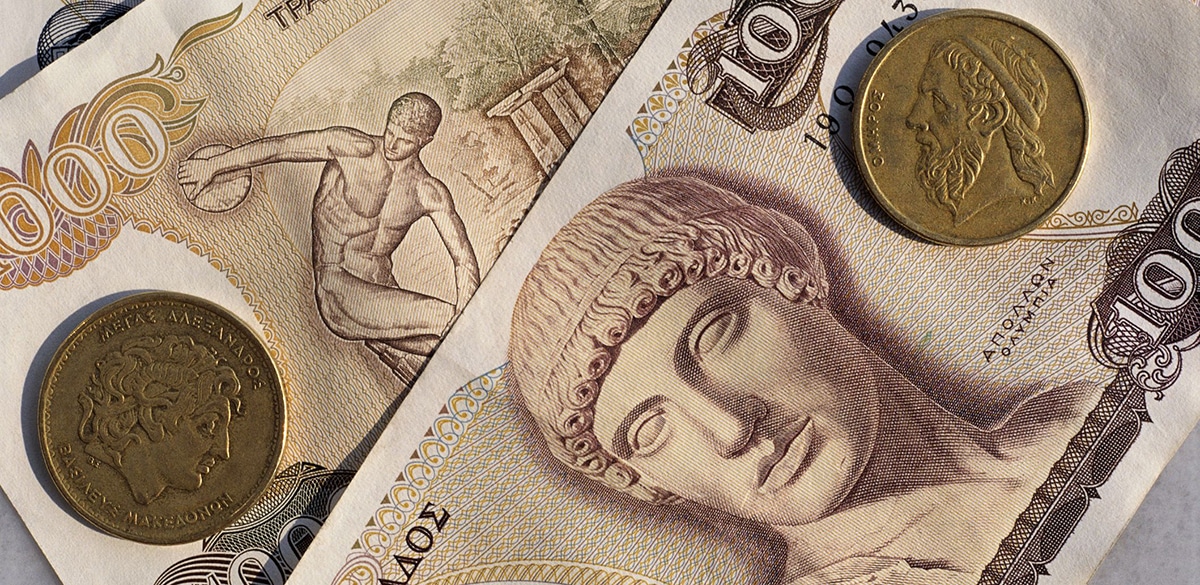
In the 50s we entered a third period of the modern drachma, there was a devaluation and valuation of the currency and the lower denomination bills went out of circulation. The exchange rate remained at the rate of 30 drachmas to the dollar until 1973. If we have memory, it is more or less around then that the Oil Crisis occurs and the financial situation begins to change, not only in Greece but in the entire world.
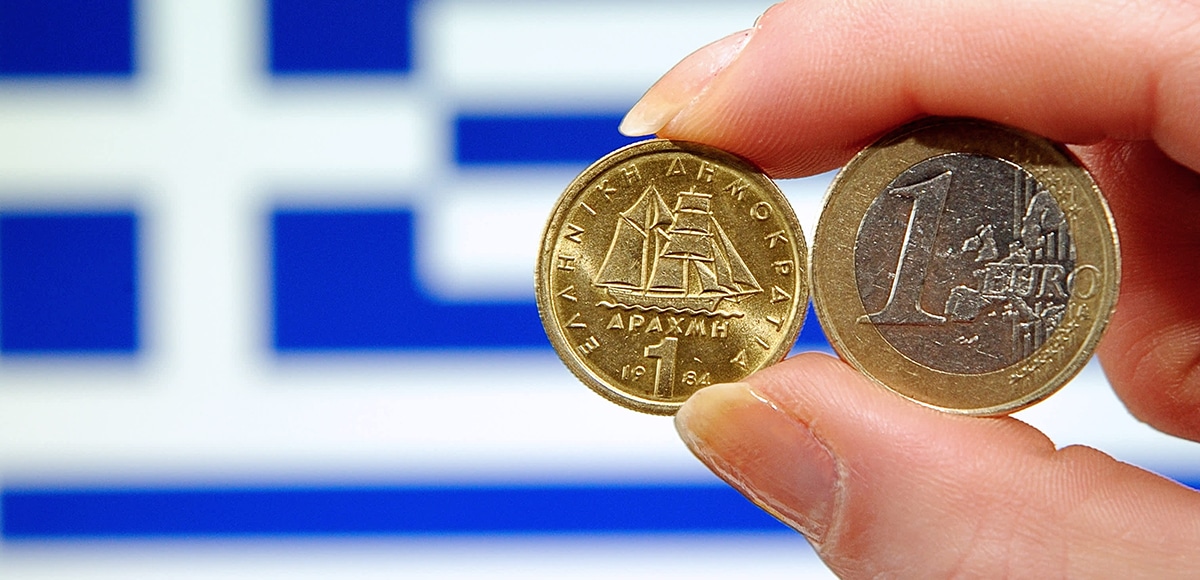
Little by little, more and more drachmas were needed to buy a dollar and so we come to 2001, when Greece joins the European Union and the drachma stops circulating, supplanted by the euro.
The story continues, the world continues to face crises, unions and disunity, the dollar reigns, the euro competes, the yuan shines more and more, so nobody can assure that one day the European Union will not dissolve and the drachma will make its return appearance in Greece. What do you think?